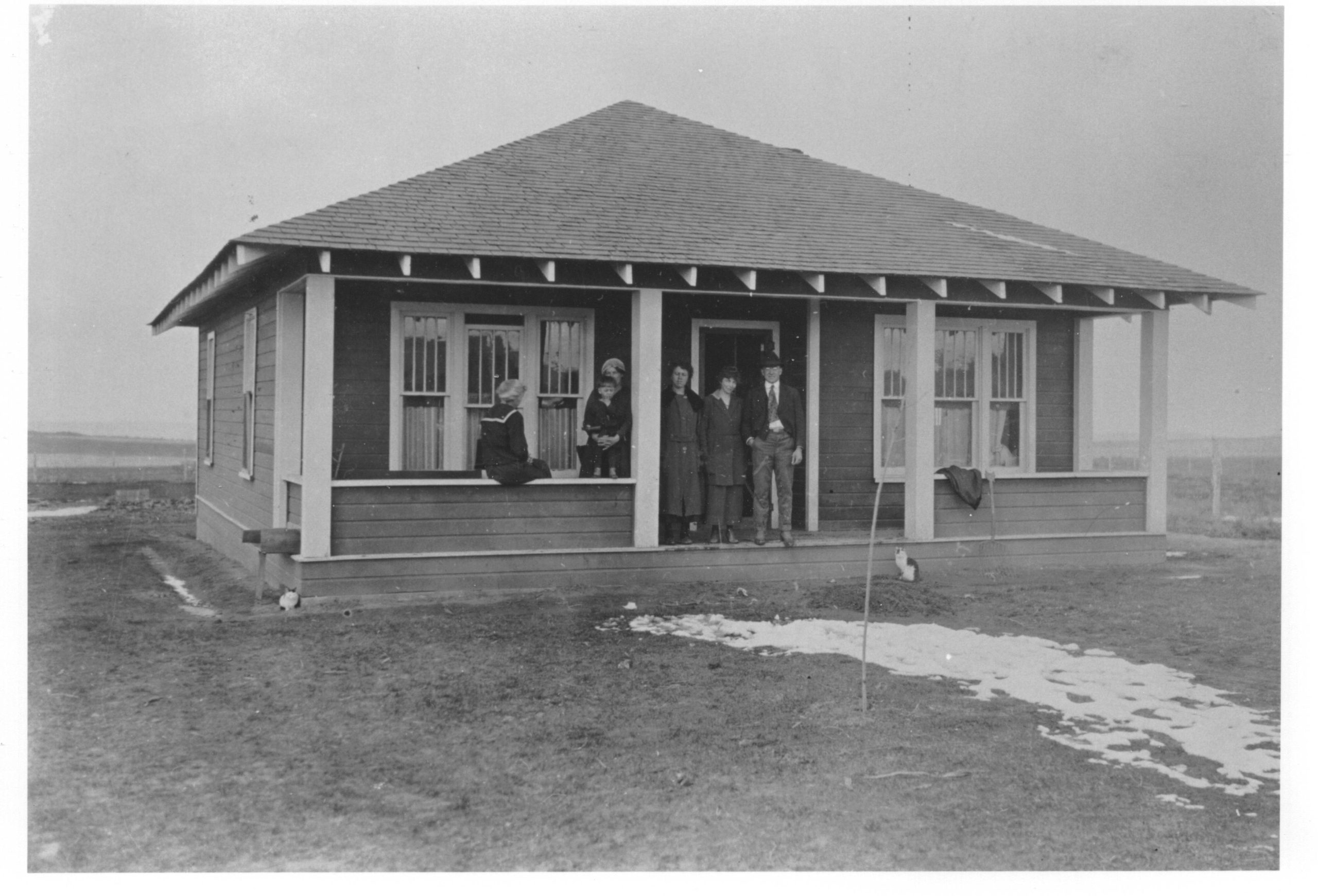Some information may be outdated.
The mountainside community of La Sal has experienced shifts in the years since the Euro-American settlement of the area in the 1870s and 1880s, including both in its name and location. The center of the settlement was originally located several miles to the east of its current town center, and the early town was also once called Coyote. According to an oral history collected from Norma P. Blankenagel in 1997, local legend long held that French fur trappers or Spanish conquistadors noted the snow on the mountain peaks was reminiscent of a sprinkling of salt, and therefore named the mountains the La Sals. The small town on the flank of the mountains ultimately wound up with this name as well.
As the population increased in the early years of the area’s settlement, a school system was established to meet the needs of local families. But pre-uranium boom, Blankenagel notes that it was sometimes difficult to get enough students in La Sal to merit even a single teacher. Today, parents in La Sal (current population 255) send their children to La Sal Elementary. Schooling in La Sal only goes through second grade, however, meaning La Sal youngsters must find educational resources farther afield as they grow up.
Photographs in the Museum’s Collection help us to peek into La Sal’s past. They highlight the way the residents of La Sal made ends meet, built their homes, and cultivated community: traditions born out of the past that continue today.


The Moab Museum is dedicated to sharing stories of the natural and human history of the Moab area. To explore more of Moab’s stories and artifacts, find out about upcoming programs, and become a Member, visit www.moabmuseum.org.
Appreciate the coverage? Help keep local news alive.
Chip in to support the Moab Sun News.





